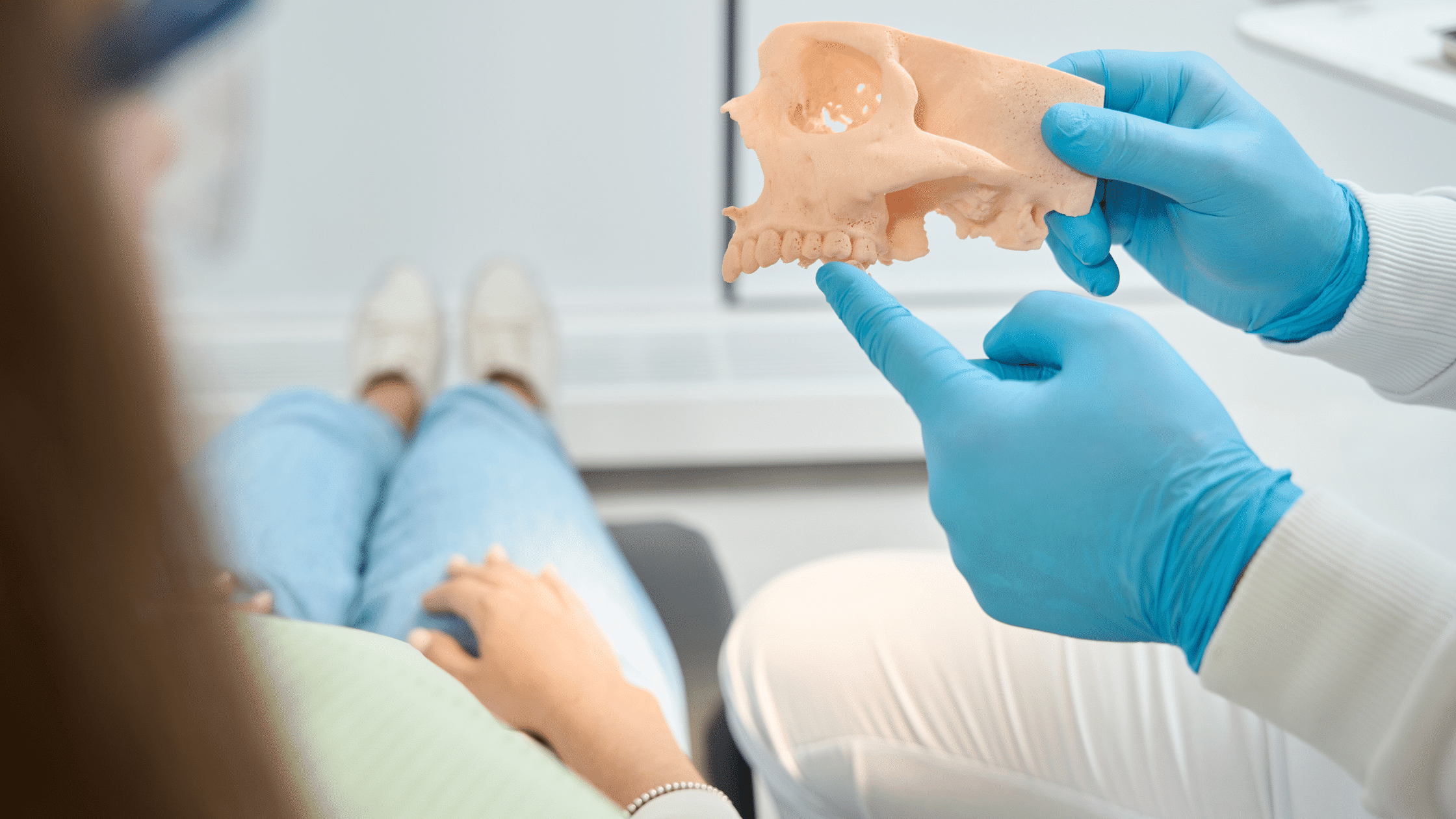What Happens if You Have a Tooth Pulled and Don’t Replace It
The decision to extract a tooth usually comes after considering several factors and the realization that it’s the best course of action for one’s oral health. However, what often goes overlooked is the aftermath of such a procedure—specifically, the consequences of not replacing an extracted tooth.
Consequences of Not Replacing an Extracted Tooth
Shift in Teeth Alignment
When a tooth is removed and not replaced, the adjacent teeth may shift towards the gap over time. This shift can lead to misalignment, which affects how the upper and lower teeth meet. Misalignment can cause bite issues, difficulty chewing, and may contribute to jaw pain or temporomandibular joint disorder (TMJD).
Jawbone Deterioration
One of the less obvious effects of not replacing a tooth is the loss of jawbone density. The stimulation a tooth provides to the jawbone is essential. Without it, the area of the bone where the tooth was located begins to deteriorate, a process known as resorption. This deterioration can alter the shape of your face and jaw, leading to potential cosmetic concerns.
Impact on Nutrition
Teeth play a crucial role in the digestive process, starting with the mechanical breakdown of food. Missing teeth can limit the types of food one can comfortably consume. Over time, this can lead to nutritional deficits if one is not able to eat a varied and balanced diet.
Increased Load on Remaining Teeth
The remaining teeth take on more stress when a tooth is missing. This increased load can accelerate wear on these teeth and can lead to cracks or fractures over time. Moreover, it may lead to premature loss of other teeth.
Gum Disease and Decay
Gaps from missing teeth can trap food and bacteria, leading to an increased risk of gum disease and decay in adjacent teeth. These spaces are often challenging to clean effectively, compounding the problem.
Options for Replacing an Extracted Tooth
Several options exist for replacing an extracted tooth, including dental implants, bridges, and partial dentures. Each option has benefits and should be discussed with a dental professional who can provide recommendations based on individual cases.
Dental Implants
Dental implants are a popular and effective long-term solution for replacing missing teeth. They consist of a titanium post that acts as an artificial tooth root, topped with a crown. Implants are durable and function like natural teeth.
Bridges
A bridge uses the adjacent teeth as anchors for a prosthetic tooth that ‘bridges’ the gap. It is a fixed solution that does not require surgery and can restore the function and aesthetics of the missing tooth.
Partial Dentures
Partial dentures are removable appliances that replace one or more missing teeth. They are less invasive and typically less expensive than implants or bridges.
Personalized Consultation is Crucial
The decision on whether or not to replace an extracted tooth should be made with a professional dentist who can provide personalized advice. Factors like the location of the missing tooth, one’s general oral health, and lifestyle will influence the best course of action.
At Dr. Molly Rodgers Dental in Edmonton, Canada, patients receive thorough consultations to determine the best path forward after tooth extraction. Our team understands the implications of missing teeth and offers a range of replacement options to suit different needs and preferences.

